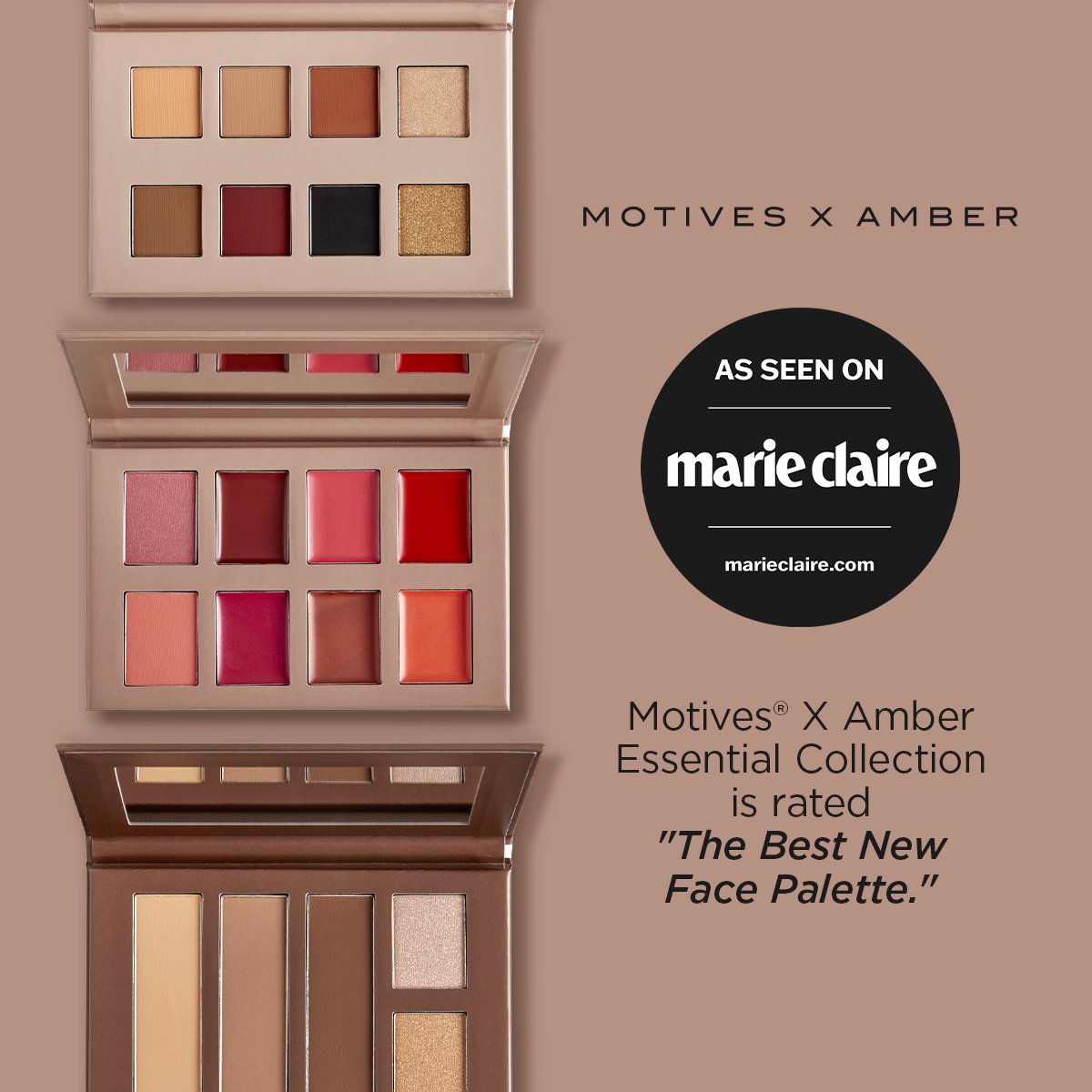There are hundreds of thousands of nerves in your foot and 28 bones (that’s 13.5 percent of all the bones in your body). They hold you up from morning ’til night and take the repetitive stress of nearly 10,000 steps each day. And how do we repay them? By shoving them into uncomfortable shoes that exacerbate the stress they’re already under. More than 90 percent of women who wear heels suffer from pain, soreness and fatigue.
(source)
High heels don’t promote proper foot posture. When you wear heels, your arch becomes higher, and yet the profile of the shoe itself is a flat ramp that doesn’t follow your foot’s curvature. You might be surprised by these facts every stiletto-loving woman should know:
Small heels are good for you.
Most people over-pronate, which means their arches and ankles collapse inward on each step. Going up on your toes—like when you slip into a pair of heels—turns your ankles slightly outward, counteracting the collapse. A stable 1- to 2-inch heel is ideal for this. A low heel also takes the strain off tight calf muscles, relieving pain and decreasing your odds of developing plantar faciitis.
You don’t need more shock absorption.
Pronation is your foot’s natural way to absorb the shock of hitting the ground. The foot essentially unlocks itself, softening to absorb the blow, then rolls outward, becoming rigid again to support your weight as you lift your other foot and begin to propel forward. People who over-pronate remain in the unstable, unlocked position even when all of their weight is on one foot. For them, shock-absorbing cushioning just adds to the instability.
Every inch of heel height can put another 25 percent of your body weight onto your forefoot.
That means, if you’re rocking 4-inch heels, you’re effectively walking on your tippy toes all day. Even a small ankle strap dramatically reduces the pressure on your piggies.
That burning sensation under the ball of your foot is actual heat.
When your feet slip forward in high heels, you naturally claw your toes to try to stay in place. This pushes the head of your second metatarsal (the base of your second toe) into the sole of your shoe. The pressure and friction create a literal increase in temperature, according to studies. And a callous comes next.
(source)
So now that you know, will you still keep wearing them? I’m not ready to give them up any time soon! But this is a bit enlightening in knowing how to wear them better (and keep a spare pair of my Flat Out of Heels in tow!).





